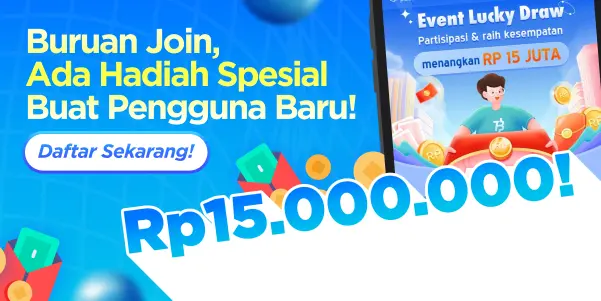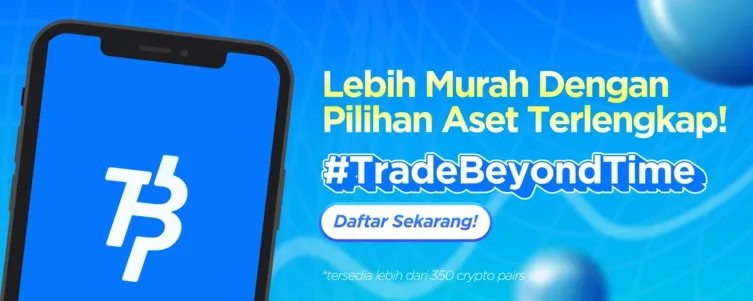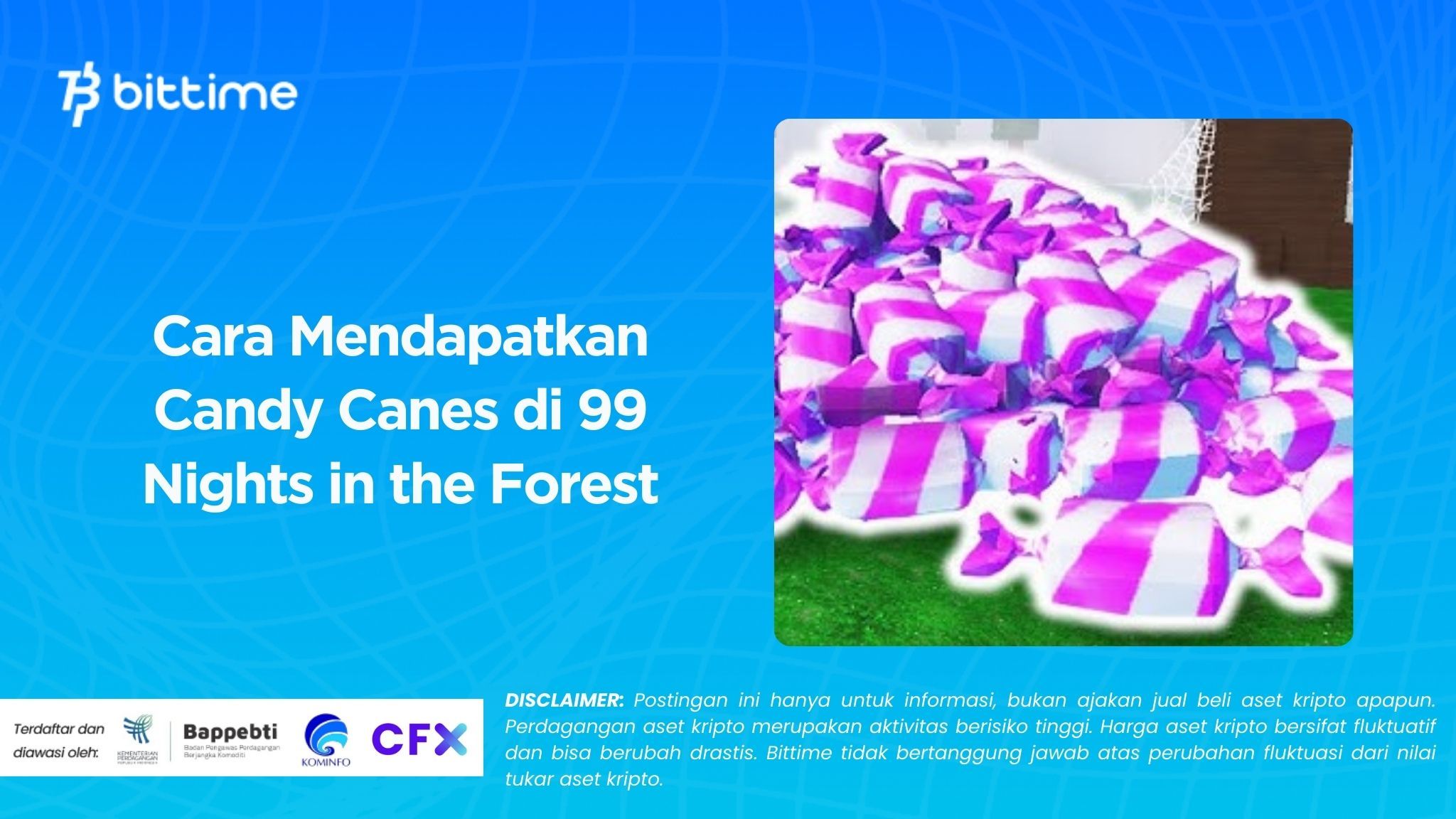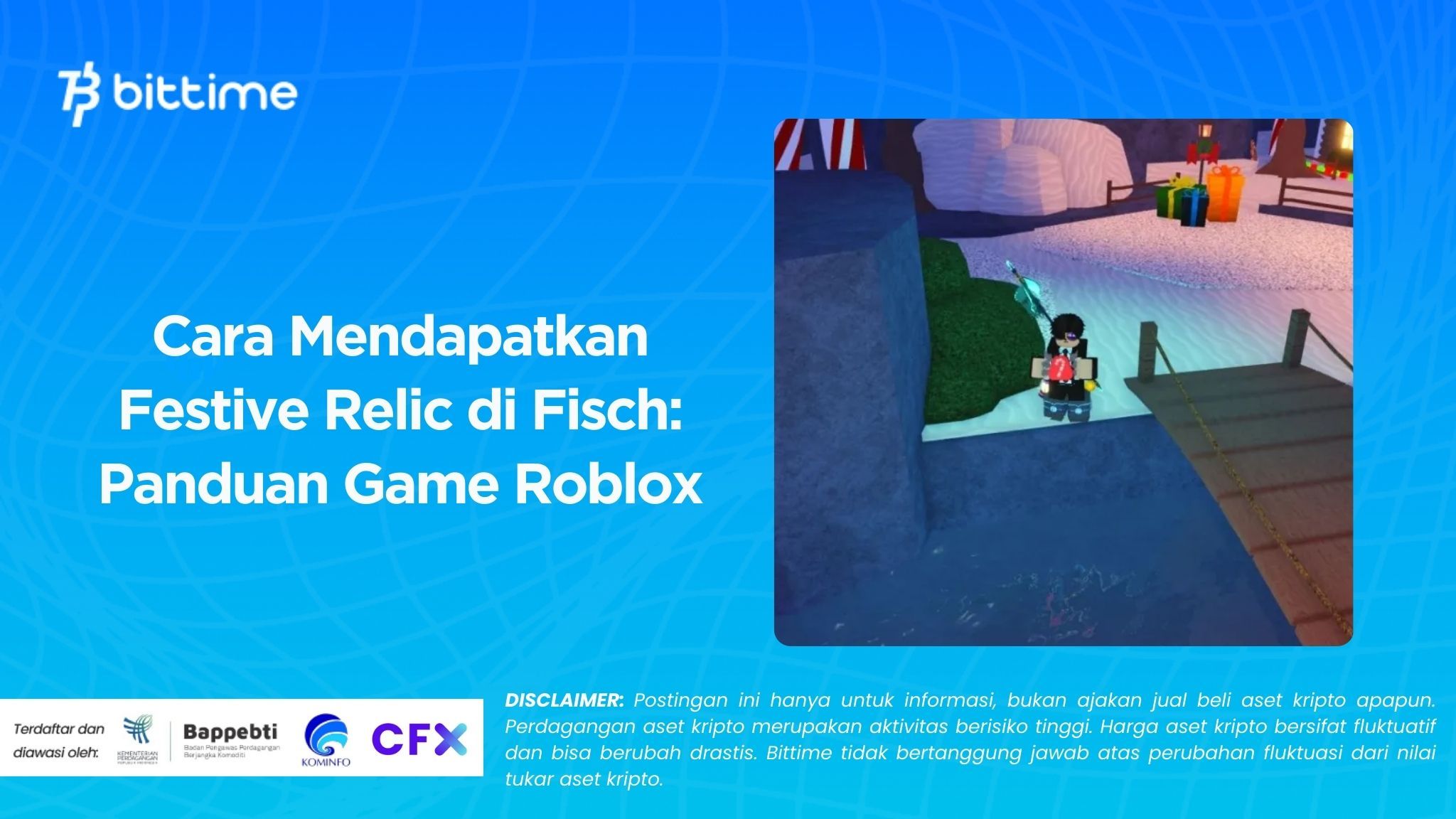What is GRASS: How it Works, Tokenomics, and Its Founders
2024-10-26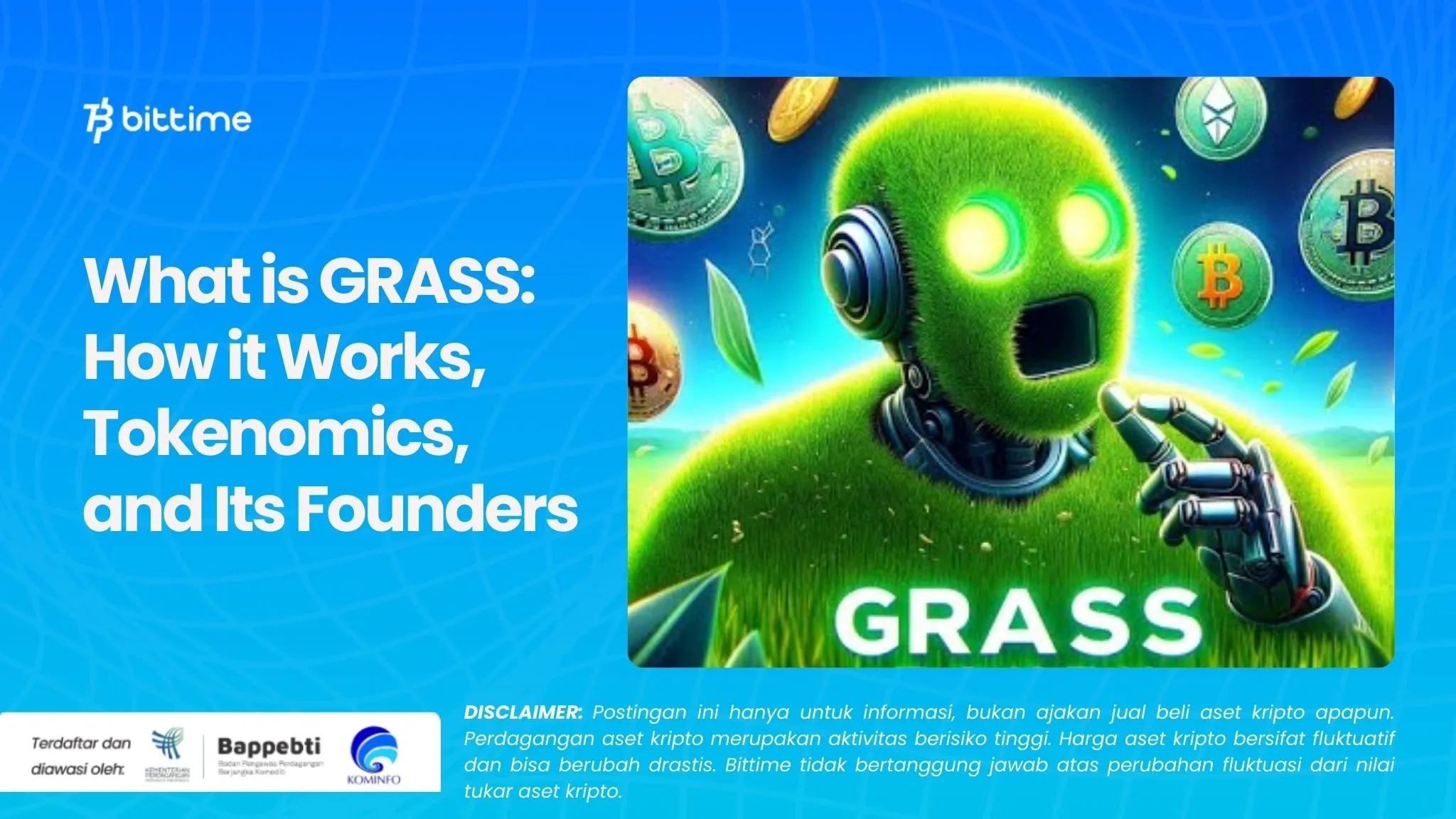
Bittime - The world of AI continues to develop, one of the projects that will become an important player for AI development is GRASS.
Grass, with its decentralized web scraping node technology allows users to collect and process public web data into one structured data book.
So, what is GRASS? How does it work, tokenomics and who are the founders?
Get to Know what GRASS is
Grass is Layer 2 Data Rollup in the blockchain Solana which was initiated to strengthen AI development through more efficient data collection and processing.
Grass leverages a network of distributed web scraping nodes, operated by residential internet users, to collect, clean, and organize public web data into useful datasets for AI training.
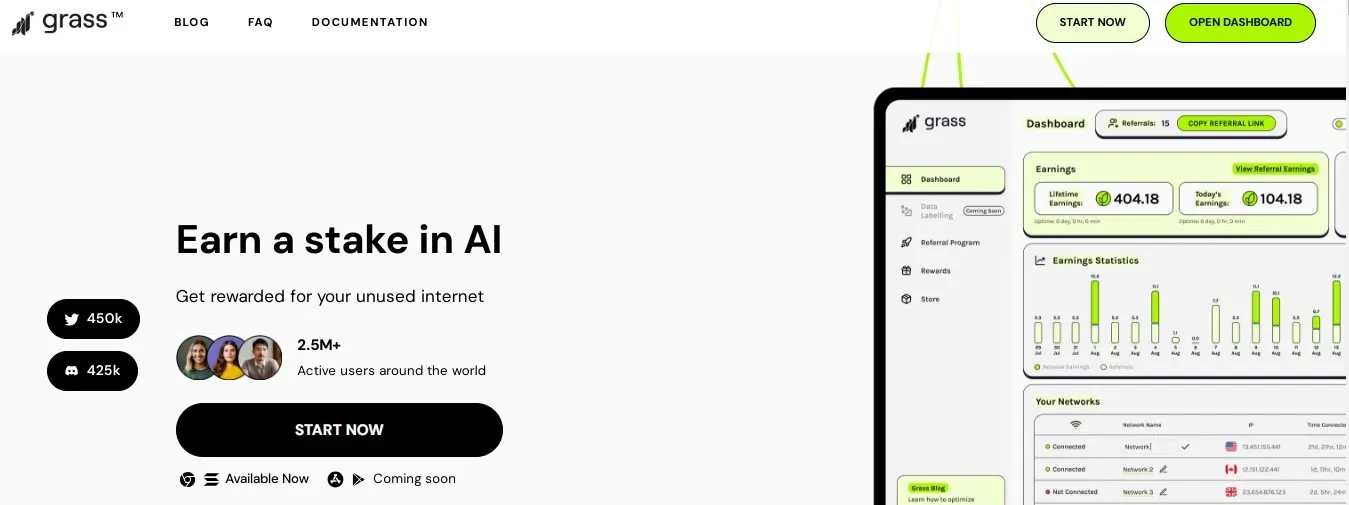
Grass was initiated and developed by Wynd Labs, which received seed funding of $3.5 million with lead investment from Polychain Capital and Tribe Capital.
Their initial funding then received additional funding from Bitscale, Big Brain, Advisors Anonymous, Typhon V, and Mosaik, following an initial pre-funding round led by No Limit Holdings.
Understanding How Grass Works
Grass works by utilizing the Layer 2 Data Rollup architecture blockchain Solana, thereby enabling data processing for AI with high efficiency and speeds of up to 1 million transactions per second.
Here are the details of the important components in how Grass works:
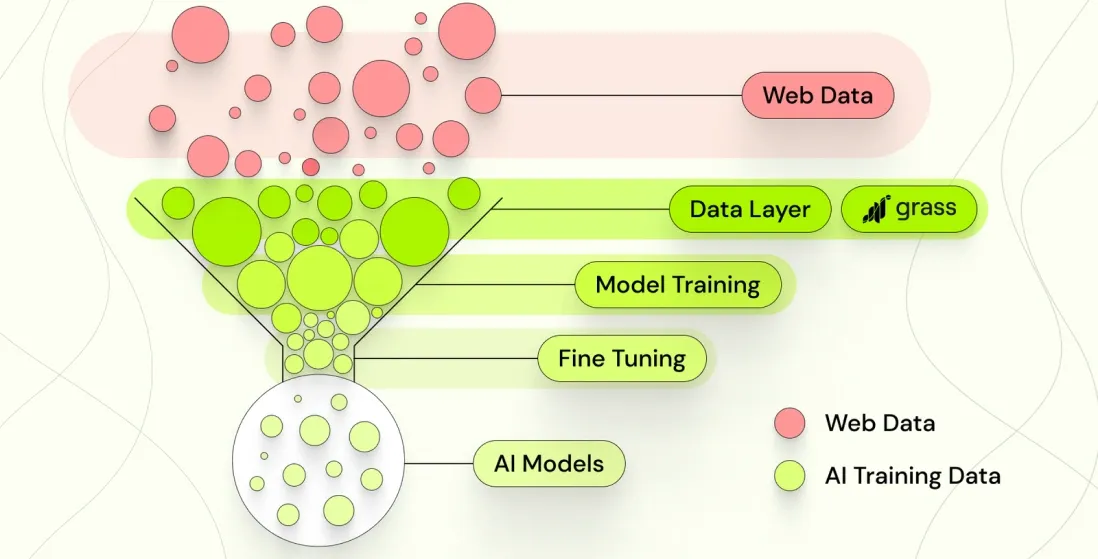
1. Validator: Functions to verify web transactions by generating zk-SNARK proofs that guarantee the authenticity of data before being stored on the blockchain.
2. Router: Connecting Grass Nodes with Validators, manages data flow while maintaining network security and integrity.
3. Grass Node: Uses unused bandwidth from residential users to collect public web data, which is then encrypted and transmitted securely.
4. ZK Processor: Collects proof of validity of the data received and records it on the blockchain, creating an immutable record.
5. Grass Data Ledger: Acts as a repository, linking data with zk-SNARK evidence, ensuring collected data is verified and traceable.
6. Edge Embedding Models: Process the collected data into a structured format for AI by cleaning and normalizing the data.
Through the various components above, Grass provides a powerful and scalable data set.
The existence of the six components mentioned is a key component for training AI systems more effectively.
Tokenomics GRASS
Having understood what GRASS is, and how GRASS works, let's now comment on GRASS tokenomics.
Tokenomics Grass supports Layer 2 Data Rollup infrastructure with a focus on sustainability, participation incentives, and transparency for AI development.
Key elements in GRASS tokenomics include:
1. Utility Token: Used for transactions, staking, and rewards for nodes that contribute to data collection and validation.
2. Rewards for Data Providers: Nodes that collect and validate web data for AI training earn Grass tokens, increasing active participation and data collection.
3. Staking Mechanism: Token holders can stake tokens to participate in governance, security, and earn rewards, encouraging long-term engagement.
4. Transaction Fees: Validate data and access transactions using token Grass, maintaining demand and token value.
5. Decentralized Governance: Token holders have voting rights in protocol decisions, ensuring the direction of the project is in accordance with the wishes of the community.
6. Burn and Mint Mechanism: Grass may implement a burn-and-mint mechanism to manage token supply according to network activity.
Read Also: Grass Token Airdrop: Just Need a Wallet Link
Through the aforementioned tokenomics components, the Grass ecosystem is designed to support continuous and active provision of AI data.
Airdrop Program Details from GRASS
As a new project, GRASS certainly needs a campaign to attract new users, one of which is the launch of the GRASS airdrop program.
Users can start collecting points by downloading Grass application.
Inviting new users via the link earns them an additional 20% of the points they collect as well as a 2,500 point bonus once the referral reaches 100 hours of uptime.
Read Also: How to Claim Airdrop Grass, Simple Steps to Get Free Crypto
Rewards get bigger through secondary and tertiary referral levels, speeding up points accumulation.
As users rank up from Iron to Titan, they receive more rewards, including a 5,000 point bonus for each new referral after 100 hours of uptime.
The Epoch system provides a monthly summary of points that reflect participation and development in the Grass ecosystem.
Start referring friends and watch the points and rewards add up.
GRASS Airdrop Date Still Unclear
According to the latest update, Epoch 7—the final epoch in Grass's Closed Beta phase—begins on July 13, marking the transition to wider availability.
Although an official date for the launch of the Grass Airdrop Points Program has not been announced, the GRASS airdrop program is expected to go live as soon as the beta ends.
This is a review of what GRASS is, how it works, tokenomics, founders, and information on the airdrop program from GRASS.
Get information about the latest news about crypto only on the Bittime blog.
How to Buy Crypto on Bittime
Want to trade, sell, buy Bitcoin and crypto investment easily? Bittime is here to help! As an Indonesian crypto exchange officially registered with CoFTRA, Bittime ensures every transaction is safe and fast.
Start with registration and identity verification, then make a minimum deposit of IDR 10,000. After that, you can immediately buy your favorite digital assets!
Check the exchange rate BTC to IDR, ETH to IDR, SOL to IDR and other crypto assets to find out today's crypto market trends in real-time on Bittime.
Disclaimer: The views expressed belong exclusively to the author and do not reflect the views of this platform. This platform and its affiliates disclaim any responsibility for the accuracy or suitability of the information provided. It is for informational purposes only and not intended as financial or investment advice.
